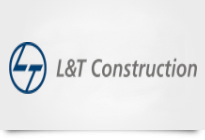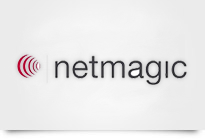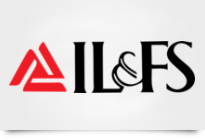SOC 2 Compliance Audit & Certification focuses on assessing the internal controls of a service organization. In an era where data security and process integrity are paramount, these certifications are essential for demonstrating excellence in information security.
What is SOC 2 Compliance?
SOC 2 (Service Organization Control 2) is a framework for managing data security and privacy, developed by the American Institute of CPAs (AICPA). It focuses on five trust service criteria: Security, Availability, Processing Integrity, Confidentiality, and Privacy. These principles ensure that service providers manage customer data securely and responsibly.
Types of SOC 2 Compliance Audits
SOC 2 Type I Audit
- Snapshot in Time: A Type I audit evaluates your organization’s systems and controls at a specific moment in time. It’s akin to taking a photograph of your security and compliance posture.
- Scope and Purpose: This audit assesses whether your systems are correctly designed to meet the relevant trust principles. It’s a preliminary step, demonstrating your commitment to security and compliance.
- Ideal For: Organizations new to SOC 2 compliance or those that have recently implemented new systems or controls.
SOC 2 Type II Audit
- Extended Evaluation: Unlike Type I, the Type II audit is more like a documentary. It examines the operational effectiveness of your systems over a period, typically six to twelve months.
- In-depth Analysis: This audit goes beyond design and delves into how effectively these controls operate over time. It’s a rigorous test of your compliance stamina.
- Best Suited For: Organizations that have matured in their compliance journey and are ready to demonstrate long-term, consistent adherence to SOC 2 standards.
The choice between a Type I and Type II audit depends on several factors, such as your organization’s maturity in SOC 2 processes, the requirements of your clients or stakeholders, and your long-term compliance goals.
The SOC 2 Compliance Audit Journey: A Step-by-Step Guide
- Pre-Assessment Initial Review: Begin with a thorough review of your current controls and processes. This stage sets the foundation for a successful audit.
- Pre-Assessment Gap Analysis: Identify areas where your current practices deviate from SOC 2 requirements. This analysis helps in prioritizing improvements.
- Determining the Scope: Decide on the trust service principles applicable to your organization. Not all companies need to comply with all five; your business model will dictate your requirements.
- Documenting & Evidence Gathering: Compile evidence demonstrating your adherence to SOC 2 criteria. This evidence includes policies, procedures, and system configurations.
- Remediation: Work on closing any identified gaps. This might involve updating technologies, processes, or training staff.
- The Audit: An independent CPA or auditing firm conducts the SOC 2 audit, reviewing your controls and their effectiveness over time.
- The SOC 2 Report: Post-audit, you’ll receive a report detailing the auditor’s findings, including areas of non-compliance, if any.
Deliverables of Compliance Audit & Certification
- Executive Presentation: provide high level executive summaries of the complete engagement, root cause analysis of the identified issues & best practice recommendations for the long-term to help leaders better understand their risk and incorporate our recommendations into their roadmap.
- Detailed Audit Reports: The audit report will typically be a detailed document that is divided into several sections, including:
- Introduction: This section will provide an overview of the audit, including the scope, objectives, and methodology.
- Findings: This section will identify the areas of compliance and non-compliance.
- Recommendations: This section will make recommendations for improvement.
- Appendices: This section may include supporting documentation, such as interview transcripts, policies and procedures, and risk assessments.
- Certificate of Compliance: The certificate of compliance is a formal document that is issued by the auditor to the organization. This document states that the organization has been found to be in compliance with the guidelines.
- List of Recommendations for Improvement: The list of recommendations for improvement will identify areas where the organization can strengthen its technology risk management framework. These recommendations can be used by the organization to improve its security posture and reduce its risk of a data breach or other security incident.
- Plan for Remediation: The plan for remediation will outline the steps that the organization will take to address any non-compliance findings. This plan should be specific and measurable, and it should include a timeline for completion.











